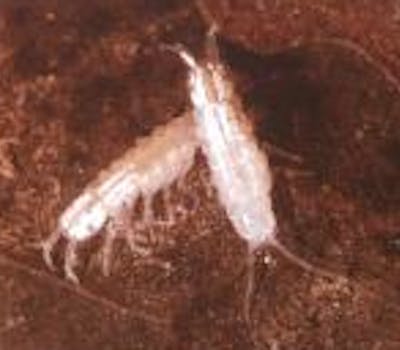
Everything works together in an ecosystem. Maintaining its balance is critical.

Troglobites, troglophiles, and troglozenes. There are actual differences, besides the spelling.

Set to 52 degrees year-round and combined with high humidity, you won’t be cold.

Since total darkness exists beyond the cave entrance, only certain creatures can thrive.
Limestone caves maintain an almost constant year-round temperature. The temperature of the limestone is controlled by the average annual temperature of the area.
These animals must complete their entire life cycle inside a cave. Examples are isopods, millipedes, springtails, amphipods, and blind crayfish.
These animals complete their life cycles inside or outside the cave. Examples are salamanders, cave crickets, spiders, flies, fungus gnats, and cave beetles.
These animals cannot complete their life cycle inside a cave. Examples are white footed mice and bats.
Insects such as beetles and mites feed on mold and bacteria. Cave animals living in water also eat floating bacteria. Beetles, other insects, and small aquatic animals serve as food for the larger predators. Organic matter is returned to the cave environment through the dead bodies and droppings of these larger predators.
Fungi are carried into the cave by air currents, in water, and on the bodies of animals. Fungi obtain their nourishment by breaking down the detritus inside the cave. Fungi (growing on decaying wood) can occasionally be found inside Marengo Cave.
Since total darkness exists beyond the cave entrance, only a few non-green plants can grow in the cave’s dark interior. Detritus (organic debris) can be brought into the cave by surface water and flowing cave streams. Detritus consists of sticks, animal wastes, dead animals, leaves, and dead plants. It is the bottom of the food chain inside the cave.
Follow us
JOBS MEDIA CONTACT